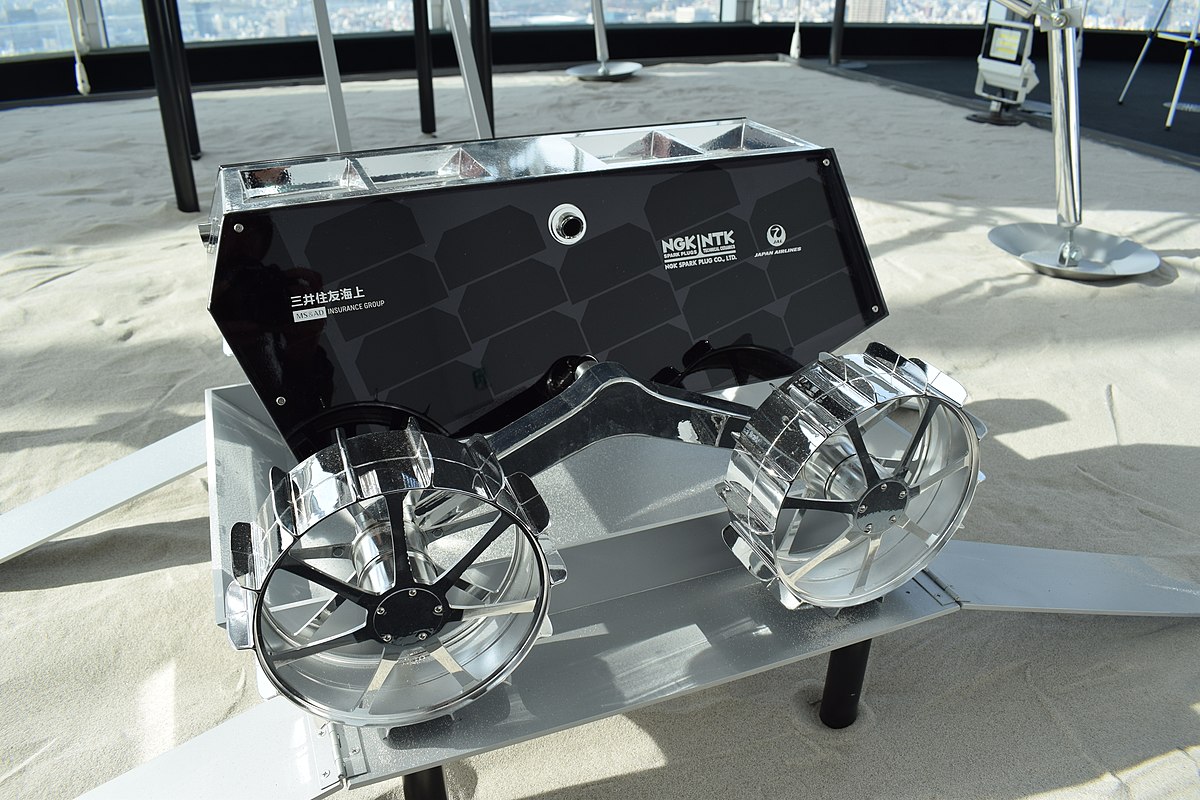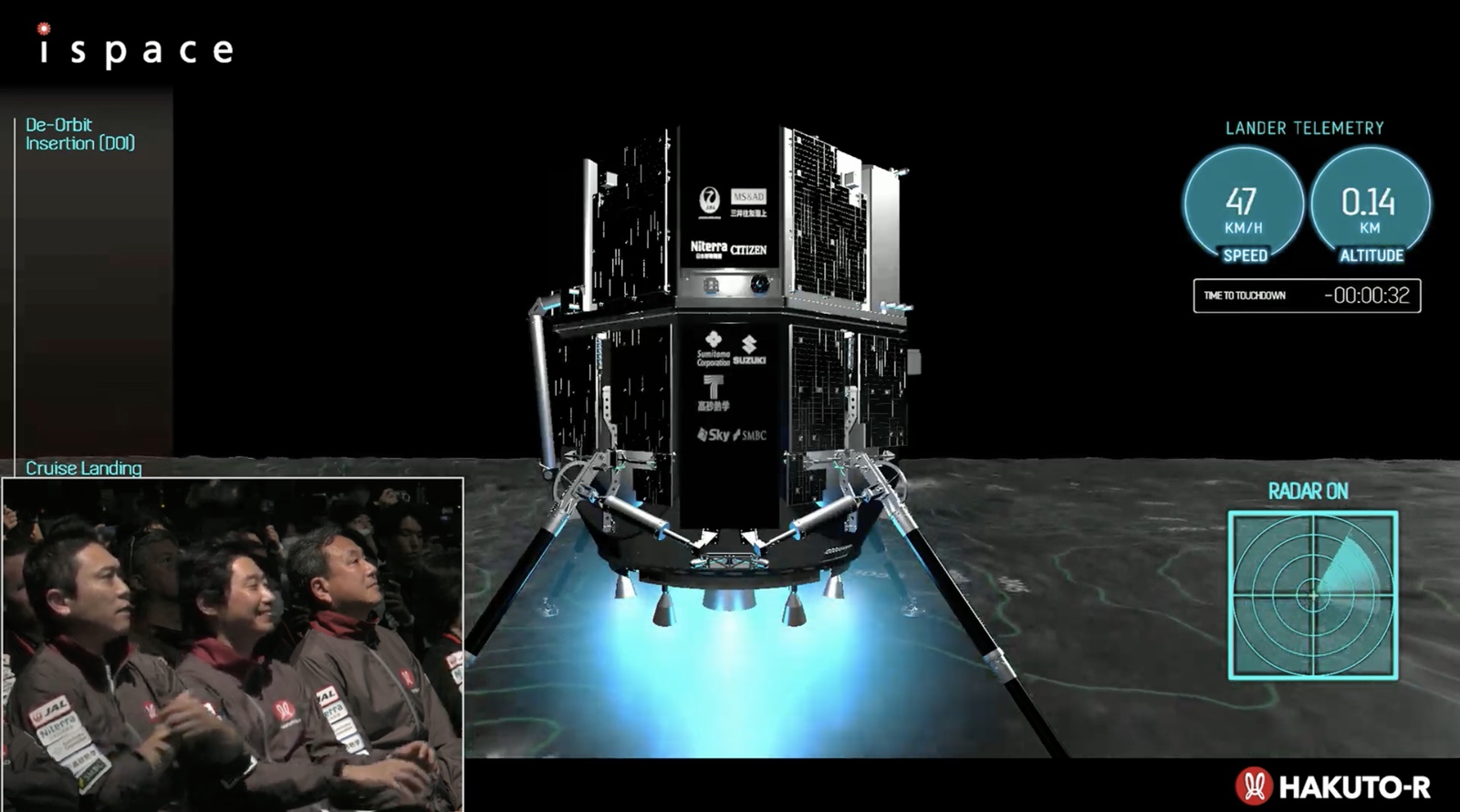Launch Date: December 11
Launch Window: 2:38am EST (11:38pm PST on the 10th, 07:38 UTC)
Launch site: SLC-40, Cape Canaveral Space Force Station (CCSFS), Florida
Core Booster Recovery: RTLS - LZ-2
Booster: B1073.5
Fairings: Reused - 4th and 5th
Mass: 340 kg plus a bunch of cubesats
Orbit: TLI
Yearly Launch Number: 56th
A SpaceX Falcon 9 rocket will launch the first commercial lunar lander for ispace, a Japan-based company that competed for the Google Lunar XPRIZE and is now developing a series of robotic lunar landers. The first lunar lander, called ispace Mission 1, was assembled in partnership with ArianeGroup and carries a package of international and commercial payloads, including two small lunar rovers from the United Arab Emirates and Japan. The mission will target a landing in the Lacus Somniorum region of the moon. NASA’s Lunar Flashlight CubeSat will be a rideshare payload on this launch.

Launch Window: 2:38am EST (11:38pm PST on the 10th, 07:38 UTC)
Launch site: SLC-40, Cape Canaveral Space Force Station (CCSFS), Florida
Core Booster Recovery: RTLS - LZ-2
Booster: B1073.5
Fairings: Reused - 4th and 5th
Mass: 340 kg plus a bunch of cubesats
Orbit: TLI
Yearly Launch Number: 56th
A SpaceX Falcon 9 rocket will launch the first commercial lunar lander for ispace, a Japan-based company that competed for the Google Lunar XPRIZE and is now developing a series of robotic lunar landers. The first lunar lander, called ispace Mission 1, was assembled in partnership with ArianeGroup and carries a package of international and commercial payloads, including two small lunar rovers from the United Arab Emirates and Japan. The mission will target a landing in the Lacus Somniorum region of the moon. NASA’s Lunar Flashlight CubeSat will be a rideshare payload on this launch.

Last edited:




